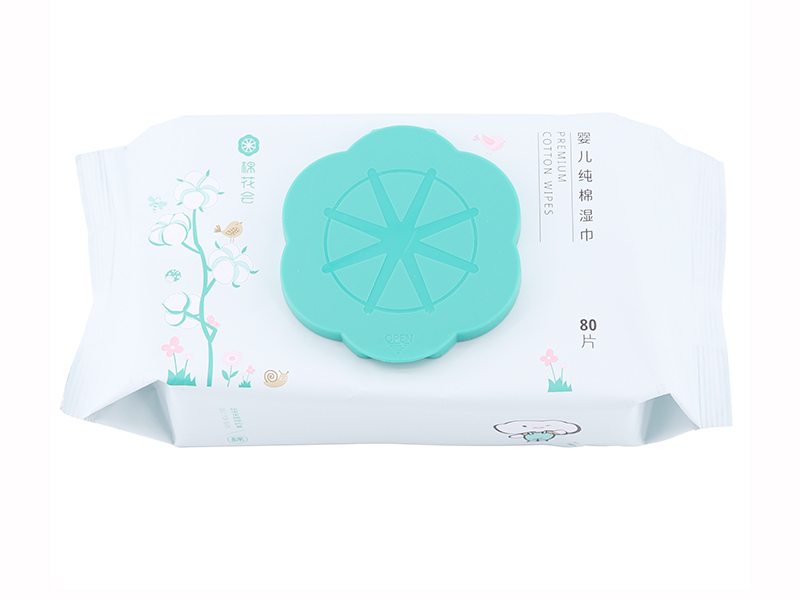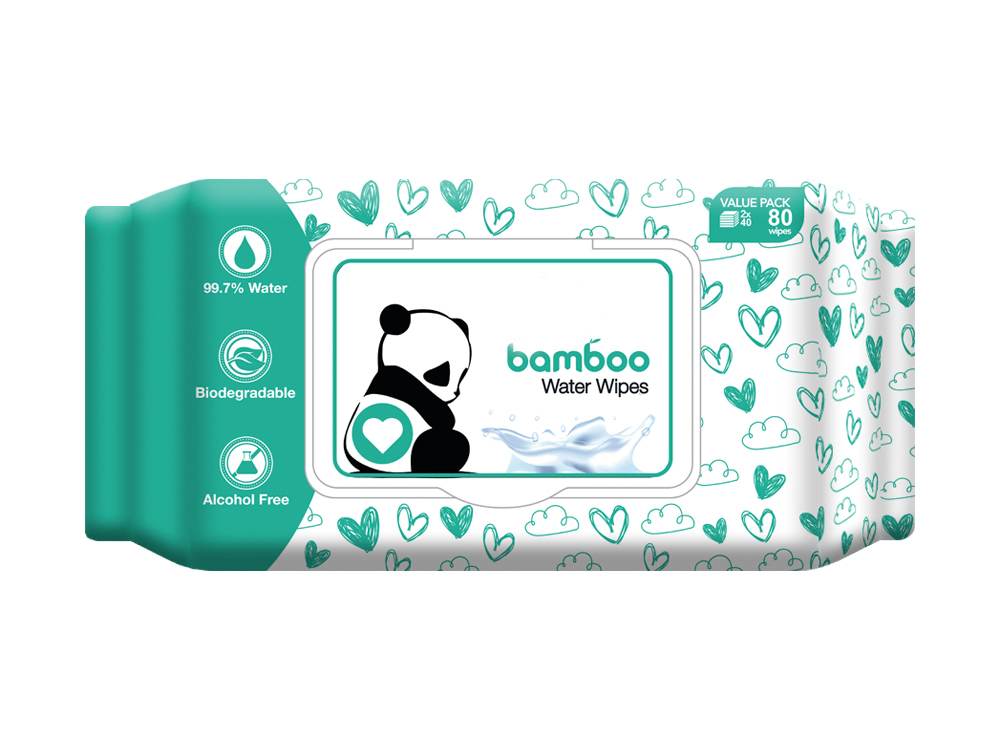Washable diapers for babies have become an increasingly popular choice for parents seeking sustainable, cost-effective, and skin-friendly alternatives to disposable options. Understanding the fabrics used in these diapers is essential for selecting the most suitable product. The choice of fabric affects comfort, absorption, durability, and overall performance.
The importance of fabric selection in washable diapers for babies
Fabric selection is a crucial factor in the design of washable diapers for babies. The materials used directly influence absorbency, breathability, softness, and durability. A well-chosen fabric can help prevent diaper rash, ensure comfort for delicate skin, and allow for repeated washing without significant wear. When evaluating washable diapers for babies, parents often consider the following criteria:
- Softness: Fabrics should feel gentle against sensitive skin.
- Absorbency: Diapers must hold moisture effectively to prevent leaks.
- Durability: Fabrics must withstand frequent washing and maintain structural integrity.
- Breathability: Good air circulation helps maintain skin health.
- Eco-friendliness: Natural fabrics or sustainably produced materials are increasingly preferred.
Each fabric type contributes differently to these aspects, and understanding their characteristics helps parents make informed decisions.
Natural fabrics in washable diapers for babies
Natural fabrics are widely favored in washable diapers for babies due to their softness, breathability, and hypoallergenic properties. They are derived from renewable sources and tend to be gentle on sensitive skin.
Cotton
Cotton is the most common fabric used in washable diapers for babies. Organic cotton is especially popular due to its chemical-free cultivation, making it safer for delicate skin. Key characteristics include:
- High absorbency: Cotton can hold significant amounts of moisture, reducing leaks.
- Soft texture: Gentle against newborn and infant skin.
- Breathability: Cotton fibers allow air to circulate, minimizing heat and moisture buildup.
- Durability: With proper care, cotton fabrics withstand repeated washes without losing integrity.
Cotton is often used for both the inner layer, which contacts the skin, and the outer layers when combined with waterproof membranes.
Bamboo
Bamboo fabric has gained attention as a sustainable alternative. It is produced from bamboo pulp, offering unique advantages for washable diapers for babies:
- Antibacterial properties: Naturally resistant to bacteria, reducing odor and skin irritation.
- High absorbency: Bamboo can absorb up to three times its weight in water.
- Softness: Bamboo fibers are exceptionally soft, comparable to silk or cashmere.
- Eco-friendly production: Bamboo grows rapidly without pesticides or fertilizers, making it a renewable resource.
Bamboo fabrics are often blended with cotton or microfiber to enhance durability while maintaining softness.
Hemp
Hemp is another natural fiber used in washable diapers for babies. Known for its strength and environmental benefits, hemp fabrics are durable and naturally resistant to bacteria and mold. Advantages include:
- High absorbency: Hemp can absorb more moisture than cotton and retains it without feeling wet.
- Durability: Fibers are strong and withstand frequent washing.
- Eco-friendliness: Hemp cultivation requires minimal water and no chemical inputs.
- Softness improvement: Hemp is often blended with cotton or bamboo to enhance softness.
Hemp fabrics are typically used for absorbent inner layers or inserts due to their exceptional moisture retention capabilities.
Synthetic fabrics in washable diapers for babies
Synthetic fabrics are often used in combination with natural fibers to improve performance. While they are not as breathable as natural fibers, they offer practical benefits such as water resistance and durability.
Polyester
Polyester fabrics are commonly used in the outer layers of washable diapers for babies. Their main features include:
- Water resistance: Polyester layers can be treated to prevent leaks.
- Durability: Resistant to stretching, shrinking, and wear.
- Lightweight structure: Makes diapers more comfortable for babies to move.
Polyester is often paired with polyurethane laminate (PUL) to create waterproof yet flexible outer shells for washable diapers for babies. While polyester is less breathable than cotton or bamboo, it helps contain moisture effectively.
Microfiber
Microfiber is a high-performance synthetic fabric often used in absorbent inserts for washable diapers for babies. Its characteristics include:
- Superior absorbency: Microfiber can hold several times its weight in liquid.
- Quick-drying: Ideal for frequent washing routines.
- Lightweight and thin: Allows for a more streamlined diaper design.
Microfiber is usually layered inside the diaper or used in inserts rather than directly against the skin, as it can feel rough when wet.
Blended fabrics in washable diapers for babies
Blended fabrics combine the advantages of natural and synthetic fibers to create optimized performance for washable diapers for babies. Typical combinations include:
- Cotton-polyester blends: Retain softness while improving durability and water resistance.
- Bamboo-cotton blends: Combine bamboo’s absorbency and antibacterial properties with cotton’s strength and comfort.
- Hemp-cotton blends: Offer maximum absorbency and durability while enhancing softness.
Blended fabrics allow manufacturers to balance comfort, absorbency, and durability, meeting the practical needs of parents while maintaining skin safety for babies.
Layering and fabric placement in washable diapers for babies
The performance of washable diapers for babies is not solely determined by the type of fabric but also by how the fabrics are layered. Typically, a diaper consists of:
- Inner layer (next to the skin): Often made of soft cotton or bamboo to provide comfort and prevent irritation.
- Absorbent core: Microfiber, hemp, or a cotton blend captures and retains moisture.
- Outer layer: Polyester or PUL provides waterproofing and durability.
Correct fabric placement ensures optimal performance, combining comfort, absorbency, and leak protection.
Special considerations for sensitive skin
Babies often have sensitive skin, which makes fabric selection crucial. When choosing washable diapers for babies, parents should consider:
- Hypoallergenic fabrics: Organic cotton, bamboo, and hemp are less likely to trigger allergic reactions.
- Chemical-free production: Avoiding synthetic dyes, bleach, or harsh treatments reduces skin irritation.
- Soft textures: Inner layers should be smooth and gentle, preventing chafing or rashes.
Understanding fabric properties helps parents choose diapers that maintain skin health and comfort.
Maintenance and care of fabrics in washable diapers for babies
Fabric choice influences the care and maintenance requirements of washable diapers for babies. Key points include:
- Washing frequency: Frequent washing is necessary to maintain hygiene.
- Detergent selection: Mild, fragrance-free detergents preserve fabric softness and prevent skin irritation.
- Drying methods: Air drying or low-heat tumble drying extends fabric life, particularly for natural fibers.
- Avoiding fabric softeners: Softening agents can reduce absorbency, especially in microfiber or bamboo layers.
Proper care ensures longevity, hygiene, and consistent performance of washable diapers for babies.
Environmental impact of fabric choices
Fabric selection also impacts the environmental footprint of washable diapers for babies. Considerations include:
- Natural fibers: Cotton, bamboo, and hemp are biodegradable and renewable.
- Synthetic fibers: Polyester and microfiber require petroleum-based resources and are less biodegradable but provide durability.
- Blended fabrics: While offering performance advantages, blends may complicate recycling due to mixed material composition.
Parents concerned with sustainability often prioritize natural or eco-friendly fabrics while balancing absorbency and durability.
Summary
Washable diapers for babies rely on a thoughtful combination of fabrics to achieve comfort, absorbency, durability, and safety. Natural fabrics like cotton, bamboo, and hemp provide softness, breathability, and hypoallergenic properties. Synthetic fabrics such as polyester and microfiber enhance durability, water resistance, and absorbency. Blended fabrics allow for a balanced performance suitable for everyday use. Proper fabric layering, sensitive skin considerations, and maintenance practices further contribute to the effectiveness of washable diapers for babies. By understanding the properties and functions of these fabrics, parents can make informed choices that benefit both their child and the environment.


 中文简体
中文简体 English
English 日本語
日本語 русский
русский Español
Español












